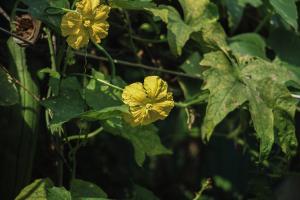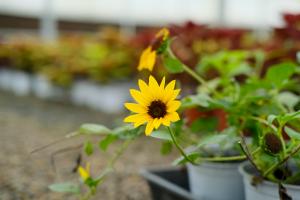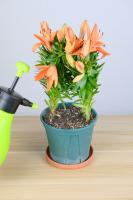What Plants Are Good for Pollinators?
As we continue to deal with the decline in pollinators around the world, one of the ways we can help them is by planting flowers! Different pollinators prefer different types of flowers, so here are some suggestions of plants that are attractive to a variety of pollinators.
1. Sunflowers
Sunflowers are a lovely bright flower that attracts bees and butterflies. They are great for larger pollinators because their large heads provide plenty of nectar and pollen. Additionally, sunflowers bloom for a long time during the summer months, providing food for pollinators for a longer period of time.
2. Zinnias
Zinnias are another colorful flower that attract a variety of pollinators, including butterflies, bees, and hummingbirds. They are low-maintenance and bloom in a variety of colors. Zinnias also appear late in the season when other flowers have stopped blooming, which makes them a good choice for extending the availability of food for pollinators.
3. Coneflowers
Coneflowers, also known as echinacea, are a favorite of bumblebees and butterflies. They bloom all summer long and have long-lasting flowers, making them a great source of pollen and nectar for pollinators. In addition to pollinators, coneflowers also attract other beneficial insects like ladybugs and lacewings.
4. Milkweed
Milkweed is a must-have plant for anyone looking to create a pollinator-friendly garden. Monarch butterflies lay their eggs on milkweed, and they rely on it as their sole source of food as caterpillars. The nectar from milkweed is also a great food source for bumblebees and other pollinators. Milkweed flowers are also very fragrant and attractive to many butterfly species.
5. Bee Balm
Bee Balm, also known as Monarda, is a plant that is very attractive to bees. It is also a favorite of butterflies and hummingbirds. Bee Balm comes in a variety of colors, making it a great addition to any pollinator garden. It's also a great source of essential oils, which can be used for teas and natural remedies.
6. Salvia
Salvia, also known as sage, is a popular plant due to its striking blue and purple flowers. It is also loved by pollinators, especially bumblebees and honey bees. Salvia is drought-resistant once established, making it a good choice for dry climates. It can also be used for cooking and medicinal purposes.
Conclusion
Planting flowers that are attractive to pollinators is a great way to help our declining pollinator populations. The above-listed plants are just a few examples of the many plants that are good for pollinators. When planning a pollinator garden, be sure to include a variety of flowering plants that bloom throughout the season. Additionally, it's important to reduce or eliminate the use of pesticides that can harm pollinators. Let's do our part to create a healthy environment for our pollinator friends!

 how many times do yo...
how many times do yo... how many planted tre...
how many planted tre... how many pine trees ...
how many pine trees ... how many pecan trees...
how many pecan trees... how many plants comp...
how many plants comp... how many plants can ...
how many plants can ... how many plants and ...
how many plants and ... how many pepper plan...
how many pepper plan...






























